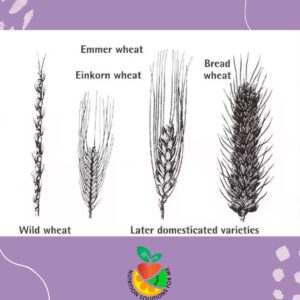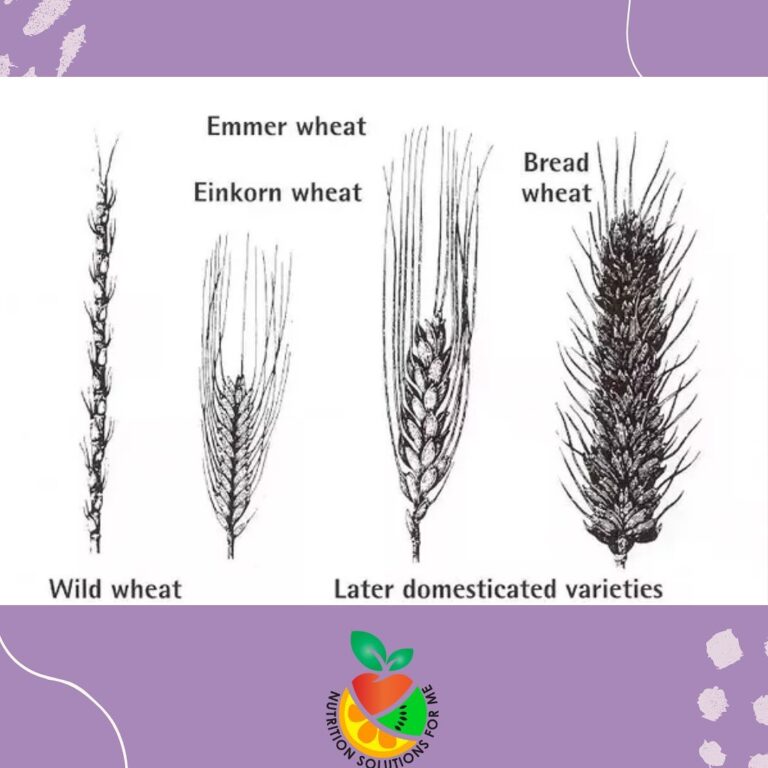Jam and jellies hold a special place in British culinary tradition. From warm, buttery scones served at afternoon tea to toast in the morning, these sweet preserves have been a staple in UK households for centuries. Whether made from strawberries, raspberries, blackberries, or more exotic fruits, the UK’s love affair with jam and jellies continues to flourish with both homemade and gourmet options.
In this article, we’ll explore the history, varieties, and cultural significance of jam and jellies in the UK — and why they’re a must-try for international visitors, including those applying for a UK Visa For SOUTH KOREAN CITIZENS or a UK Visa For SPANISH CITIZENS.
A Brief History of British Jam and Jellies
The tradition of preserving fruit with sugar dates back to the early 16th century. In Britain, it became particularly popular during the Victorian era, when afternoon tea became a fashionable ritual and scones topped with jam and clotted cream were the highlight. With the abundance of berries and stone fruits in the UK, jam-making became both a household hobby and an essential method of preserving the harvest.
Jellies, while similar to jams, are typically made by straining fruit juice and combining it with sugar and pectin to create a clear, smooth spread. These are often favored for their elegant presentation and refined taste.
Popular Varieties Across the UK
Across the UK, a wide array of jam and jelly flavors can be found, from traditional berry blends to inventive modern takes. Some of the most beloved include:
- Strawberry Jam: Perhaps the most iconic, often served with clotted cream on scones.
- Raspberry Jam: Known for its tartness and vibrant flavor.
- Blackcurrant Jam: A uniquely British favorite, rich in flavor and packed with vitamin C.
- Gooseberry Jam: An old-fashioned favorite that’s making a comeback.
- Marmalade: Though technically not a jam, this citrus preserve — especially Seville orange marmalade — is a breakfast table staple.
Artisan producers are now crafting gourmet options with additions like gin, vanilla, rose petals, or even chili for those who prefer something with a twist.
Healthier and Homemade Options
In response to increasing awareness of sugar intake, many UK brands now offer reduced-sugar or sugar-free jams made with natural sweeteners. Meanwhile, home preserving has seen a revival, with urban dwellers and countryside residents alike embracing small-batch jam-making using seasonal produce.
Local farmers’ markets across the UK often feature homemade jams and jellies, with flavors ranging from classic to unexpected. Many of these small producers use organic fruit and traditional copper pans for authenticity and depth of flavor.
Pairing Jam and Jellies with UK Cuisine
Jam and jellies are incredibly versatile and go beyond just breakfast:
- Afternoon Tea: A quintessential British experience, with scones, jam, and cream as the centerpiece.
- Cakes and Bakes: Victoria sponge cake, jam tarts, and Swiss rolls all celebrate fruity preserves.
- Cheese Pairings: Some jellies, like redcurrant or onion jam, pair beautifully with cheese boards.
- Savory Dishes: Glazes for meats or fillings for festive recipes.
For tourists exploring British cuisine, tasting local jam is an easy and delightful way to experience authentic flavors of the region.
Where to Find the Best Jams in the UK
From countryside farm shops to renowned department stores like Fortnum & Mason and Harrods, jam and jelly lovers are spoilt for choice. Supermarkets carry classic brands like Bonne Maman and Tiptree, while independent stores offer niche creations and seasonal specials.
Visitors with a UK Visa For SOUTH KOREAN CITIZENS or UK Visa For SPANISH CITIZENS can explore these offerings in local shops, food halls, and during regional food festivals such as the Ludlow Food Festival or the Abergavenny Food Festival.
Final Thoughts
Jam and jellies in the UK are more than just sweet spreads — they’re a flavorful link to the nation’s culinary heritage and rural traditions. Whether enjoyed in a cozy café or discovered in a countryside market, these preserves offer a taste of Britain’s love for handcrafted, high-quality foods.
So, if you’re planning a trip with a UK Visa For SOUTH KOREAN CITIZENS or a UK Visa For SPANISH CITIZENS, don’t miss the chance to savor the sweetness of British jam and jellies — one spoonful at a time.










